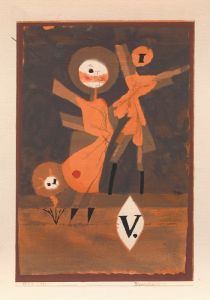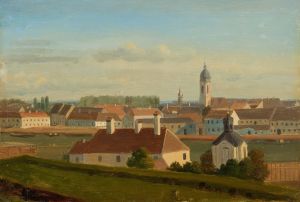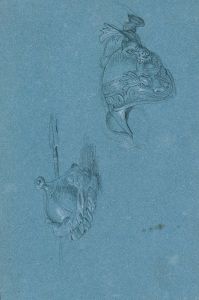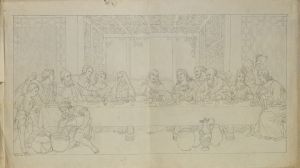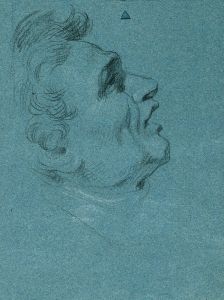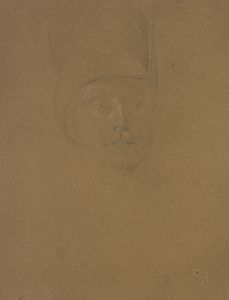
Brunnenanlage im Pfirsichgarten des Oberen Belvederes; Detail
A hand-painted replica of Johann Peter Krafft’s masterpiece Brunnenanlage im Pfirsichgarten des Oberen Belvederes; Detail, meticulously crafted by professional artists to capture the true essence of the original. Each piece is created with museum-quality canvas and rare mineral pigments, carefully painted by experienced artists with delicate brushstrokes and rich, layered colors to perfectly recreate the texture of the original artwork. Unlike machine-printed reproductions, this hand-painted version brings the painting to life, infused with the artist’s emotions and skill in every stroke. Whether for personal collection or home decoration, it instantly elevates the artistic atmosphere of any space.
Johann Peter Krafft was an Austrian painter known for his historical and genre paintings. He was born on September 15, 1780, in Hanau, Germany, and later became a prominent figure in the Austrian art scene. Krafft's works often depicted historical events and scenes from everyday life, characterized by their attention to detail and vibrant use of color.
One of Krafft's notable works is "Brunnenanlage im Pfirsichgarten des Oberen Belvederes; Detail," which translates to "Fountain Installation in the Peach Garden of the Upper Belvedere; Detail." This painting is part of a larger body of work that showcases Krafft's skill in capturing architectural and natural elements with precision and artistic flair. The Upper Belvedere is a historic building in Vienna, Austria, known for its Baroque architecture and beautiful gardens. It was originally built as a summer residence for Prince Eugene of Savoy and is now part of the Belvedere museum complex, housing an extensive collection of Austrian art.
The painting "Brunnenanlage im Pfirsichgarten des Oberen Belvederes; Detail" focuses on a specific section of the gardens at the Upper Belvedere. The peach garden, as suggested by the title, would have been a part of the elaborate landscaping that characterized the Belvedere's grounds. Fountains were a common feature in Baroque gardens, serving both decorative and symbolic purposes. They were often designed to impress visitors with their grandeur and to demonstrate the wealth and power of the garden's owner.
Krafft's depiction of the fountain installation in the peach garden likely highlights the intricate design and craftsmanship of the fountain itself, as well as its integration into the surrounding landscape. The attention to detail in the painting would reflect Krafft's ability to capture the interplay of light and shadow, as well as the textures of water, stone, and foliage. This level of detail would have been typical of Krafft's work, as he was known for his meticulous approach to painting.
While specific details about this particular painting are limited, it can be appreciated within the context of Krafft's broader oeuvre and the historical significance of the Upper Belvedere. The Belvedere itself is a UNESCO World Heritage site and a key cultural landmark in Vienna, attracting visitors from around the world. Krafft's work contributes to the visual documentation and artistic interpretation of this important historical site.
In summary, Johann Peter Krafft's "Brunnenanlage im Pfirsichgarten des Oberen Belvederes; Detail" is a testament to his skill as a painter and his ability to capture the beauty and intricacy of historical and architectural subjects. Although specific information about this painting is scarce, it remains an example of Krafft's contribution to Austrian art and the rich cultural heritage of the Belvedere.







